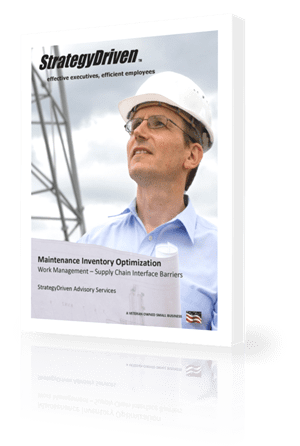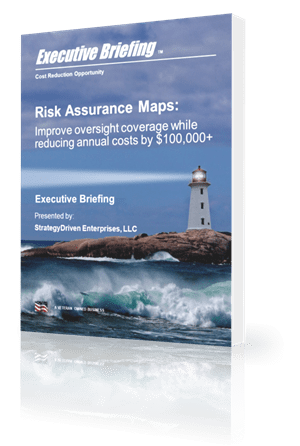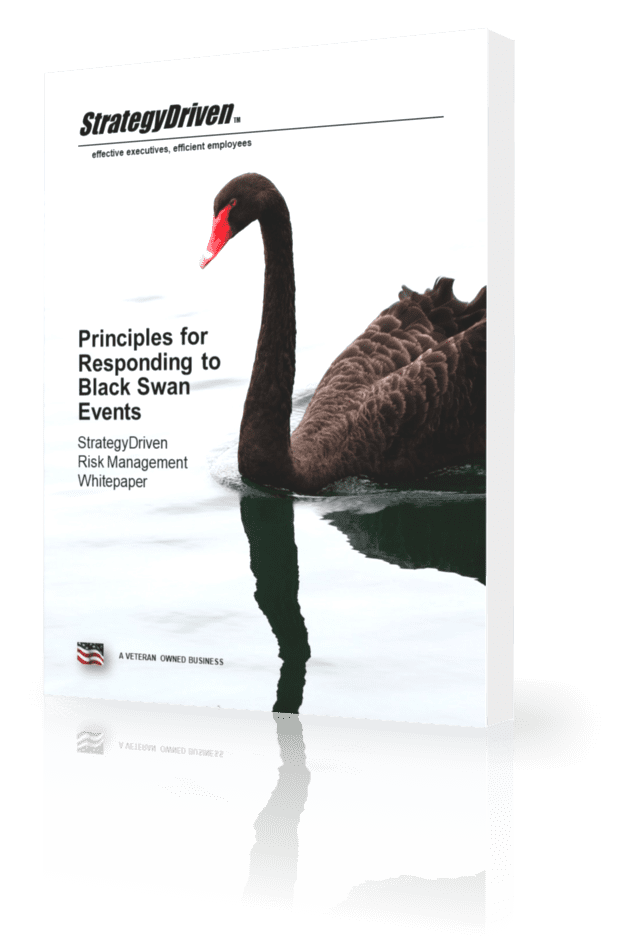Put Time on Your Team
The sales cycles can be long and drawn out when selling to large enterprise organizations. Months, and even years, may pass in a significant opportunity with a large account: And as time adds up in pursuits, doubt, uncertainty, risks, and costs do as well. The commitment of finances, organizational energy, and resources – human and otherwise – can be daunting. But with of all of the difficulties the passing months bring, positives do present themselves for selling teams that are effective and organized. Every action you take is being evaluated by the buying organization – actions that give your potential client a keen view of your responsiveness, follow-up, and attention to detail. Leaving positive impressions in these areas can be huge. Because regardless of how formidable or sophisticated your competitors are in the pursuit, it is possible they might become just a bit forgetful as the seasons pass. They may take their eyes off the ball for just a moment. They may completely neglect a request or thoughtlessly issue a boilerplate response instead of devoting the deserving hours to a meaningful reply. At just the right time to leave just the wrong impression.
Hi there! This article is available for free. Login or register as a StrategyDriven Personal Business Advisor Self-Guided Client by:
Subscribing to the Self Guided Program - It's Free!
About the Author

(McGraw-Hill / 2016). Brian is Vice President of Sandler Enterprise Selling at Sandler Training. David is CEO and President of Sandler Training.
Sandler Training dominates the global training market through an unparalleled network of more than 250 offices worldwide, with professional trainers providing more than 450,000 hours per year of instruction in 23 languages. For more information about Sandler Enterprise Selling please visit www.sandler.com/resources/sandler-books/sandler-enterprise-selling.












Leave a Reply
Want to join the discussion?Feel free to contribute!